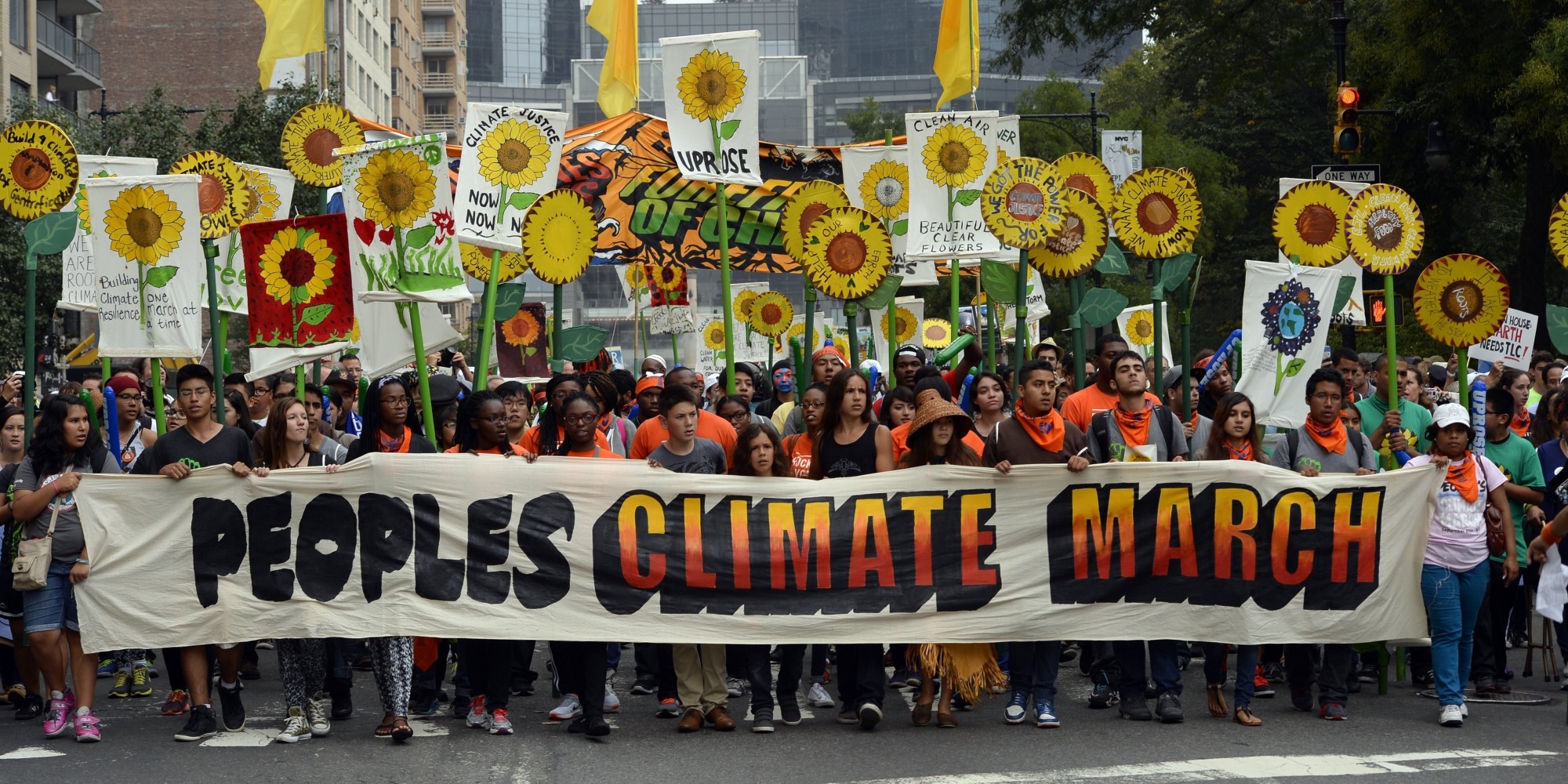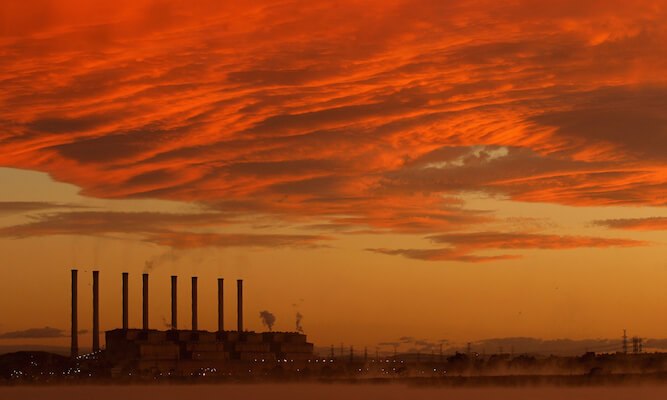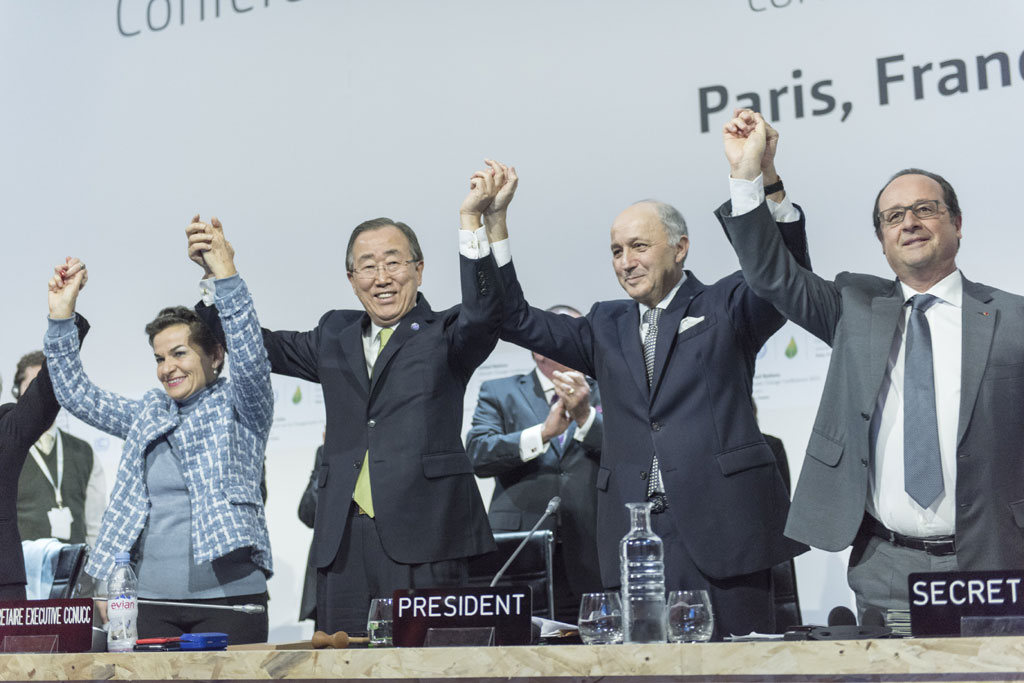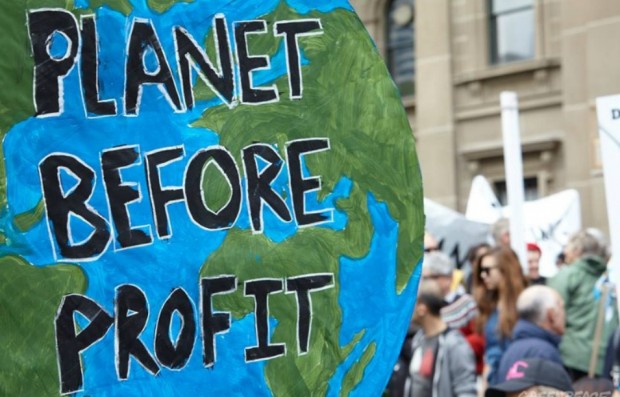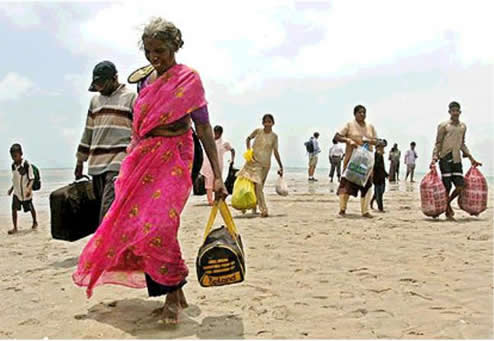By Andrew Ivers
It’s sometimes forgotten, at least by those who knew in the first place, that in March 2013 the head of America’s Pacific Command, the marshal of some 328,000 personnel stationed around half the globe, told a gathering at Harvard that the top security threat in the region wasn’t Chinese aggression or North Korean nukes but global warming. Author and journalist Simon Winchester thinks it’s worth remembering, and encourages us to join him with an essay in Lapham’s Quarterly about “climate chaos in the South Pacific.” Winchester traces the recent history of superstorms in the region from Cyclone Tracy, which leveled an Australian city on Christmas Day 1974, to Typhoon Haiyan, which devastated the Philippines just eight months after the Harvard pronouncement. “By the time it reached land,” Winchester writes of the latter, “it had become the fiercest typhoon to have done so in the world’s recorded history.”
Exploring the causes of the storms, Winchester ventures that there is at least “the beginning of an answer”—namely, “the ever-increasing amount of thermal energy absorbed into the Pacific Ocean.” As for the military official himself, Admiral Samuel Locklear III, “No Pentagon official has repudiated his assertion,” yet Winchester implies that the “blameless retirement” he now enjoys might have been premature. “The admiral’s views,” Winchester notes, “have not been properly examined, and probably never will be.” When Locklear appeared before the Senate Armed Services Committee for the last time, the only member to take up the issue was James Inhofe, a climate-change denier from Oklahoma, who criticized Locklear’s prognostication. It was, Winchester concludes, “a travesty.”
Those looking for more on the topic of disasters might wish to explore the rest of the issue featuring Winchester’s essay, some of which is open online, or even order the elegant, 224-page print edition. Each issue of Lapham’s offers an immersive collection of excerpts, quotations, art, photography, anecdotes, original essays, and other findings on a given theme. And this one, Spring 2016, is dedicated to disasters—disasters ancient and modern, disasters natural and human-made.
Bulletin readers will find familiar topics—an eyewitness account of Hiroshima from Toyofumi Ogura’s 1948 memoir, a map of mass extinctions culminating in the current one, thought to be caused by greenhouse emissions and other human behavior—intermingled with reflections on fires and floods, plagues and shipwrecks, stampedes and war crimes. In other original essays, the writer Garret Keizer explores what disasters show us about the social contract in action, and the author and academic Jennifer Jacquet weaves a mesmerizing narrative about humans, the environment, and the science of guilt. In a fascinating intersection of two Bulletin themes, Jacquet remarks that the nuclear age might be a good start date for the Anthropocene, the era of Earth history dominated by humans, because “it was the moment we realized we were a hazard to ourselves.”
